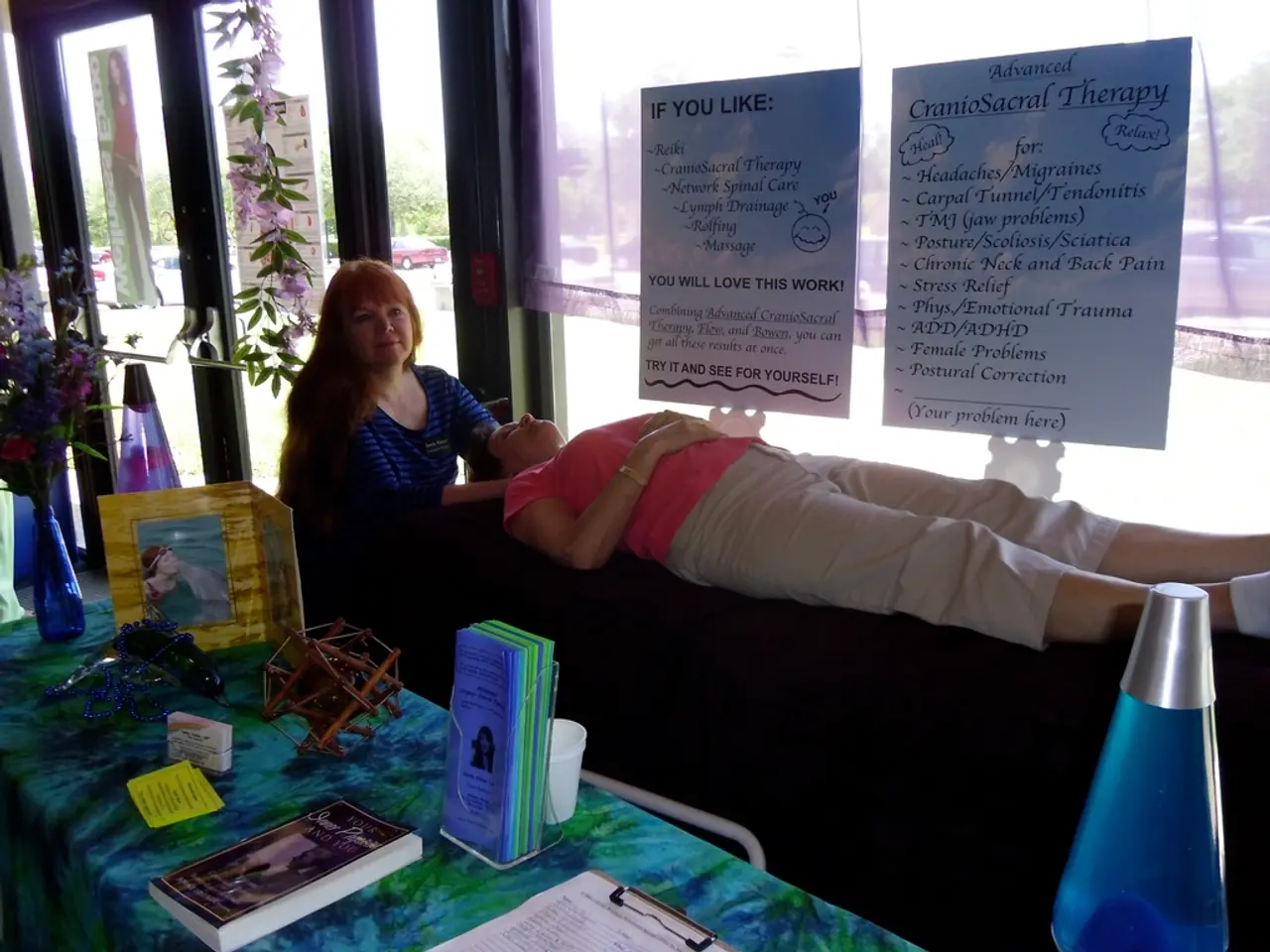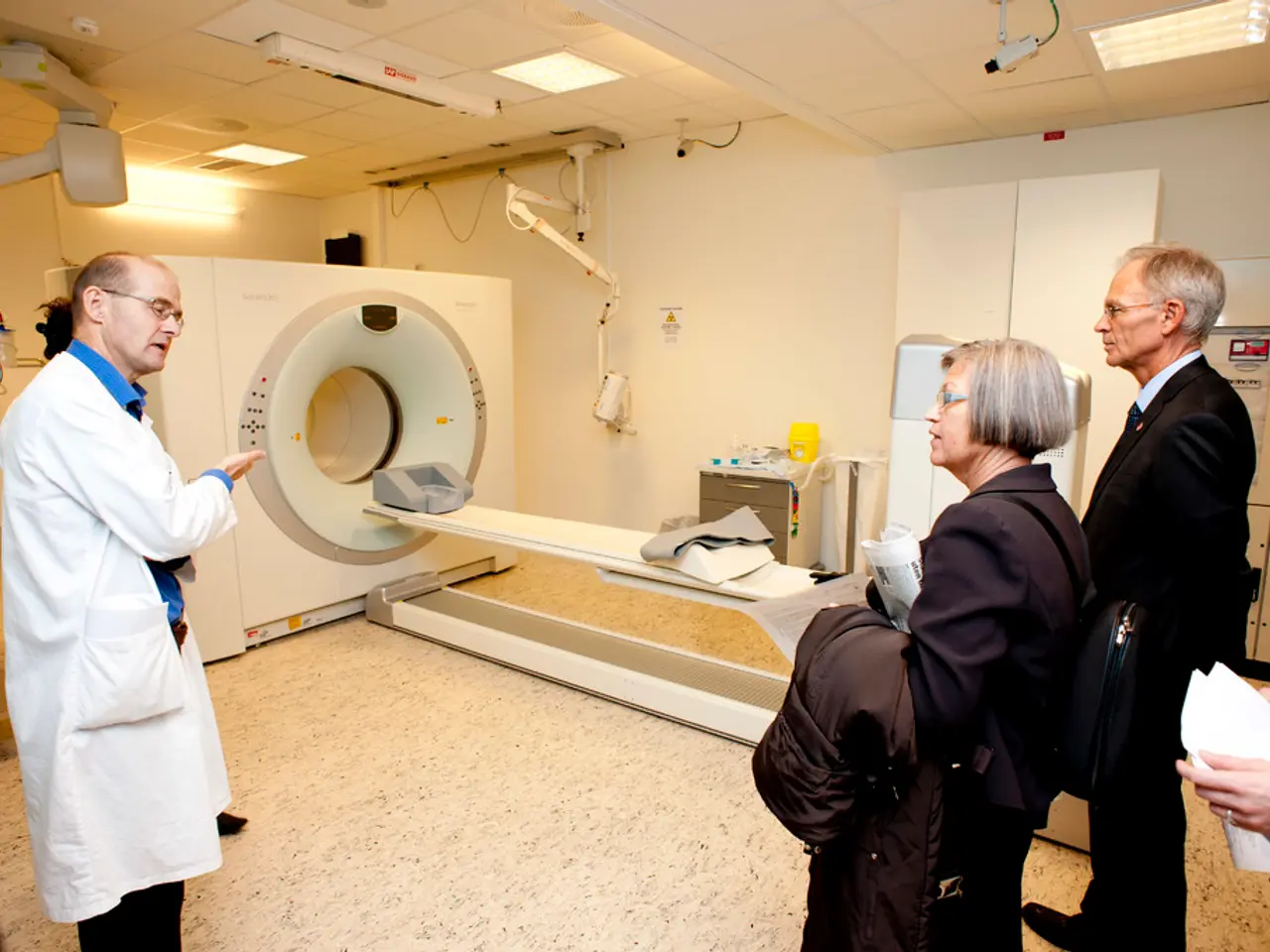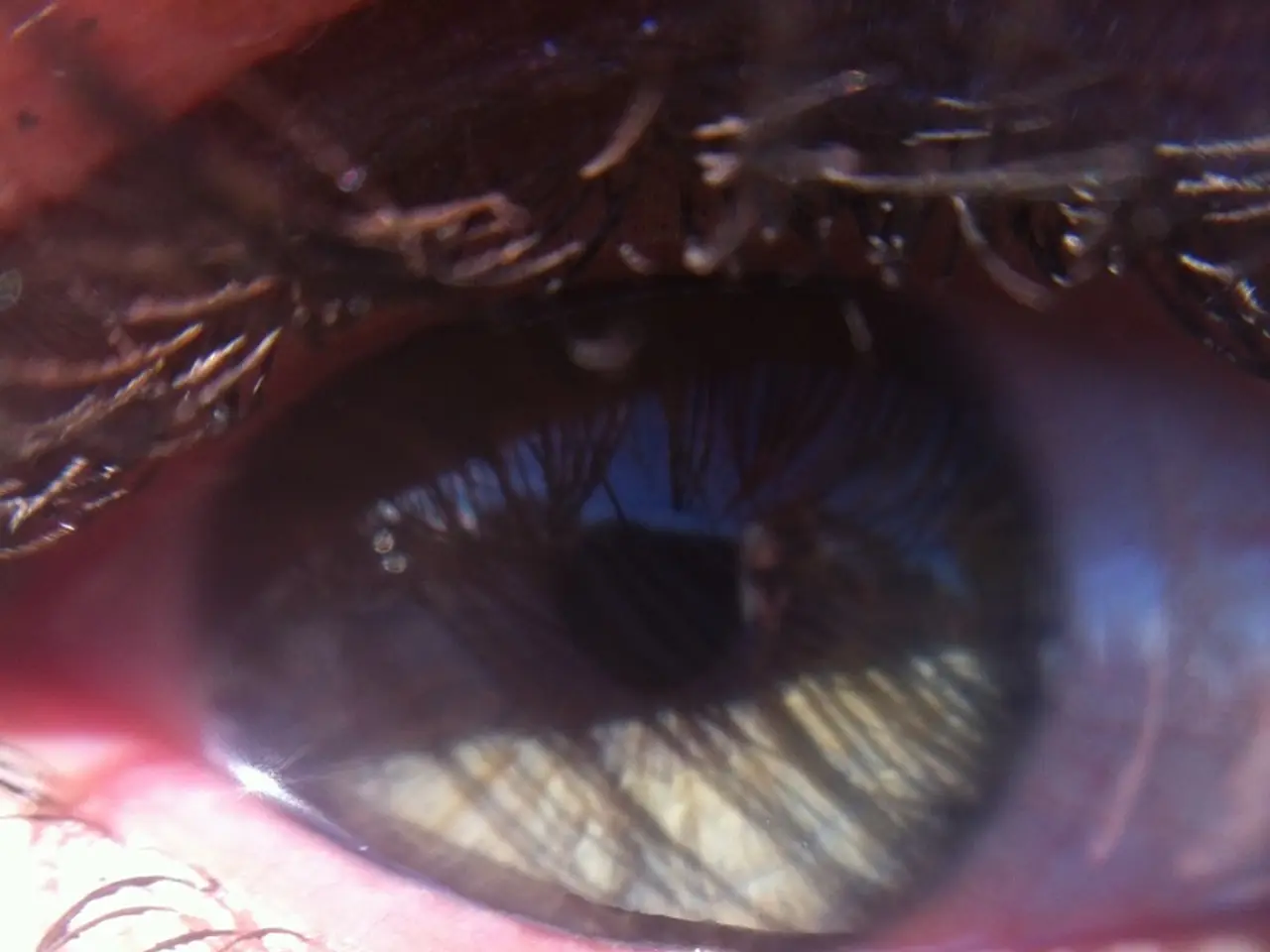Exploring Art Therapy and EMDR: Discovering the Best Approach for Your Needs
In the realm of psychotherapy, two innovative approaches have emerged as promising tools for addressing trauma and its associated symptoms: Accelerated Resolution Therapy (ART) and Eye Movement Desensitization and Reprocessing (EMDR). While both therapies share a common goal—to alleviate the distress associated with trauma—they differ in their approach, structure, and emphasis during trauma processing.
ART, a relatively new form of psychotherapy developed in the early 2000s, is more visual and rapid. It focuses on the use of guided visualization and rapid eye movements to help clients replace distressing images with positive ones. Unlike EMDR, ART often avoids detailed verbal descriptions of trauma, making it suitable for clients who find it difficult to talk extensively about their experiences. ART typically requires fewer sessions, often between 1 to 5, aiming for a quick resolution of trauma symptoms [1][5].
On the other hand, EMDR, developed in the late 1980s and well-established since, is a more cognitive and structured therapy. It involves an eight-phase protocol where clients are guided step-by-step through processing traumatic memories. EMDR uses bilateral stimulation (such as eye movements) while revisiting parts of the memory, engaging both emotional and cognitive processing to "unstick" painful memories. EMDR often involves more verbal processing and can require a longer course of treatment [1][5].
Both therapies use movement as a core component to help the brain reprocess traumatic memories. However, ART relies on voluntary image replacement, while EMDR uses bilateral stimulation. ART focuses on changing the visual and sensory aspects of trauma memories, while EMDR emphasizes cognitive restructuring [1][5].
ART can lead to a significant reduction in trauma-related symptoms of anxiety, depression, and intrusive thoughts. Similarly, EMDR has been widely touted for its efficacy in treating PTSD and has also been used to treat anxiety, depression, panic disorders, and other conditions linked to trauma [2][3].
The choice between ART and EMDR depends on personal preferences, nature and type of trauma, and goals for therapy. For those seeking rapid results, prefer visual techniques, prefer less focus on physical sensations, and prefer a structured and directive approach, ART might be ideal. On the other hand, EMDR could be a better option for those seeking comprehensive trauma processing, cognitive restructuring, addressing physical symptoms, and prefer a less directive approach.
Our website offers personalized, effective online therapy from therapists experienced in a variety of therapeutic approaches, including ART and EMDR. The articles on our website are written by experienced mental health-wellness contributors, grounded in scientific research, and extensively reviewed by clinical experts.
References:
[1] Accelerated Resolution Therapy (ART). (n.d.). Retrieved from https://acceleratedresolutiontherapy.com/
[2] Eye Movement Desensitization and Reprocessing (EMDR). (n.d.). Retrieved from https://www.emdr.com/
[3] National Center for PTSD. (2021, January 13). Eye Movement Desensitization and Reprocessing (EMDR). Retrieved from https://www.ptsd.va.gov/public/pages/treatments/emdr.asp
[4] National Institute of Mental Health. (2020, October 13). Post-Traumatic Stress Disorder. Retrieved from https://www.nimh.nih.gov/health/topics/post-traumatic-stress-disorder-ptsd/index.shtml
[5] Bisson, J. I., & Andrew, M. (2013). Psychological therapies for PTSD in adults. The Cochrane Database of Systematic Reviews, 12, CD003384. https://doi.org/10.1002/14651858.CD003384.pub3
- Psychiatry and mental health communities have found promise in two modern therapies for treating trauma and related symptoms: Accelerated Resolution Therapy (ART) and Eye Movement Desensitization and Reprocessing (EMDR).
- ART, a visual and rapid technique, involves guided visualization and rapid eye movements to replace distressing images with positive ones, often requiring fewer sessions compared to EMDR.
- Online therapy platforms offer personalized sessions with therapists experienced in both ART and EMDR, providing resources for those seeking mental health-and-wellness support.
- Research shows that ART and EMDR can lead to significant reduction in symptoms of anxiety, depression, and intrusive thoughts, making them effective in treating PTSD and other trauma-related conditions.




